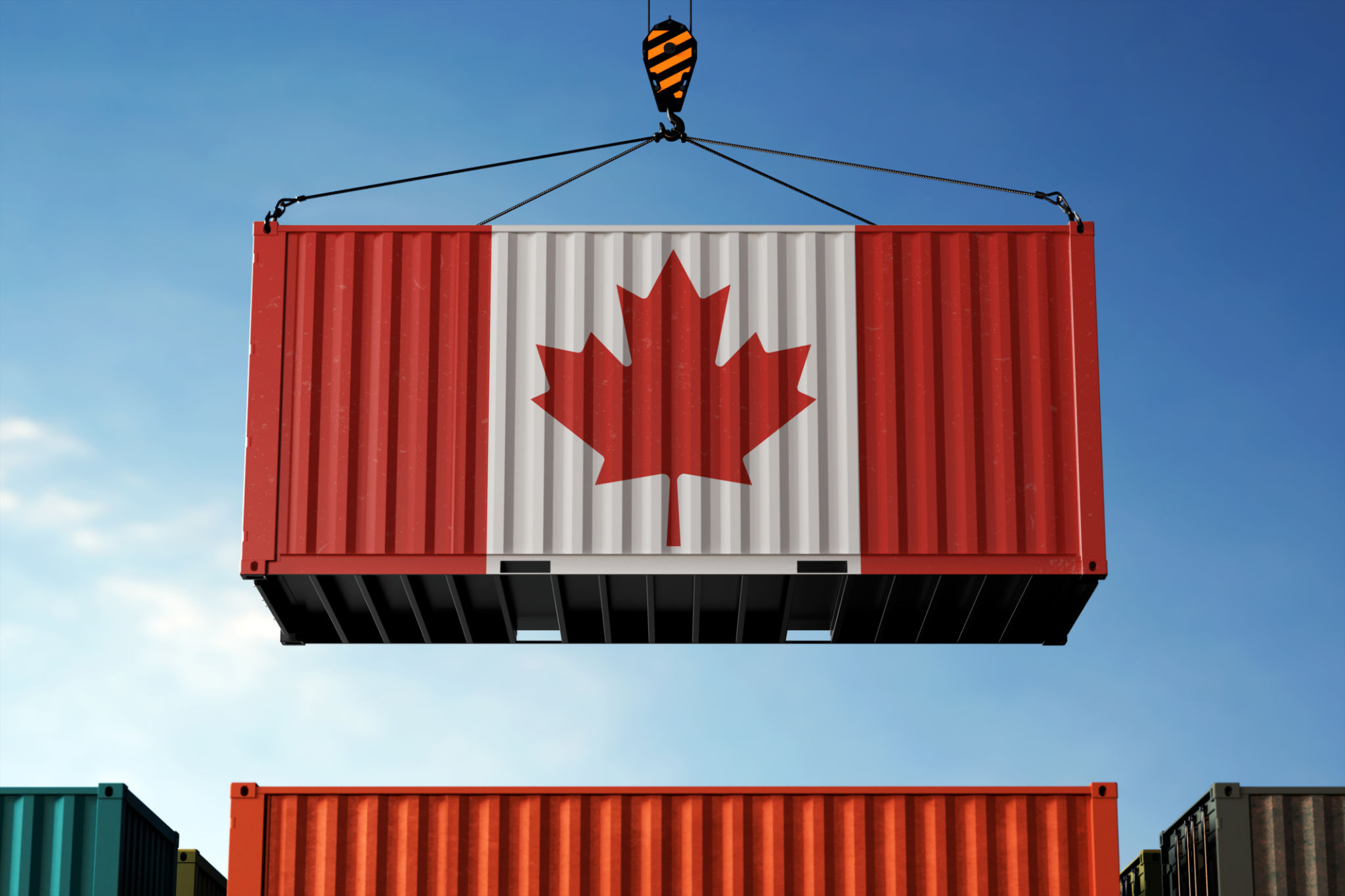Navigating Seasonal Challenges in Freight Transportation
Understanding the Impact of Seasons on Freight Transportation
Freight transportation is an essential component of global trade, connecting suppliers and consumers across vast distances. However, the industry faces numerous challenges that fluctuate with the seasons. Understanding these seasonal challenges can help businesses better prepare and adapt their logistics strategies to ensure timely and efficient delivery of goods.

Winter Weather Obstacles
Winter can be particularly challenging for freight transportation, especially in regions prone to harsh weather conditions. Snow, ice, and freezing temperatures can lead to hazardous driving conditions, causing delays and accidents. Additionally, port operations may be disrupted by icy conditions, complicating the loading and unloading of cargo.
To mitigate these risks, companies often invest in winter-proof vehicles and equipment. They also rely on real-time weather data to adjust routes and schedules proactively. Communication with drivers and logistical partners becomes crucial during this period to ensure safety and minimize disruptions.
Spring Thaw and Road Restrictions
As winter gives way to spring, the thawing process presents its own set of challenges. Melting ice and snow can lead to flooded roads and weakened infrastructure. Many regions implement road restrictions during this time to prevent damage from heavy vehicles on fragile road surfaces.
Freight companies need to stay informed about these restrictions and plan alternative routes accordingly. Investing in lighter vehicles or spreading loads across multiple shipments can be effective strategies to navigate these limitations without compromising on delivery timelines.

Summer Congestion and Heat-Related Issues
Summer is often synonymous with increased traffic congestion as more people take vacations and travel. This surge in road users can lead to delays in freight transportation, particularly in popular tourist areas. Furthermore, extreme heat can be taxing on vehicle performance, potentially leading to mechanical failures.
To address these challenges, freight companies can schedule deliveries during off-peak hours or utilize technology to optimize route planning. Regular vehicle maintenance checks become even more critical in summer to prevent breakdowns due to overheating.
Autumn: Preparing for Peak Shipping Season
The autumn months are a precursor to the busy holiday shipping season. As retailers stock up for holiday sales, freight companies experience a significant increase in demand. This peak shipping season requires meticulous planning and resource allocation to handle the volume efficiently.

Freight companies often hire additional staff and expand their fleet temporarily to manage the increased workload. Strategic partnerships with third-party logistics providers can also help distribute the load more evenly across networks, ensuring timely deliveries.
Innovative Solutions and Technological Advancements
Advancements in technology have provided new tools to tackle seasonal challenges in freight transportation. From GPS tracking systems that offer real-time updates to predictive analytics that forecast potential disruptions, technology plays a pivotal role in enhancing efficiency and reducing risks.
Many companies are also exploring sustainable solutions, such as eco-friendly vehicles and energy-efficient logistics practices, to minimize their environmental impact while navigating seasonal obstacles.
Conclusion: Adapting to Seasonal Variability
Navigating the seasonal challenges of freight transportation requires a proactive approach that combines strategic planning with technological innovation. By understanding the unique obstacles each season presents, businesses can develop robust logistics strategies that ensure smooth operations year-round.
Ultimately, staying informed and adaptable allows freight companies to maintain a competitive edge in an ever-changing landscape, ensuring that goods reach their destinations safely and on time.
